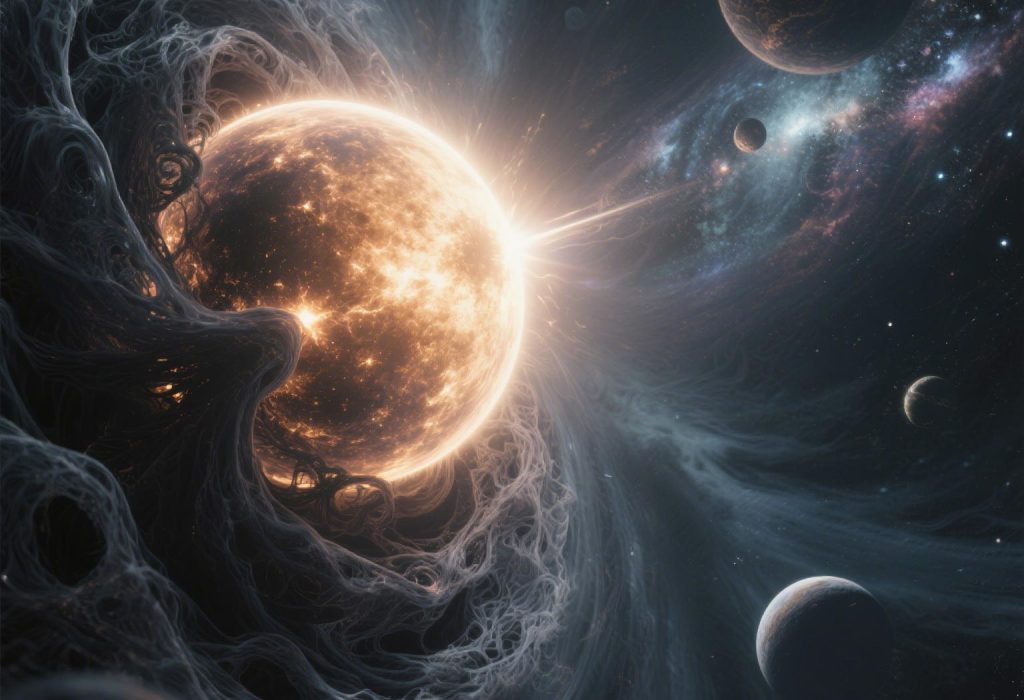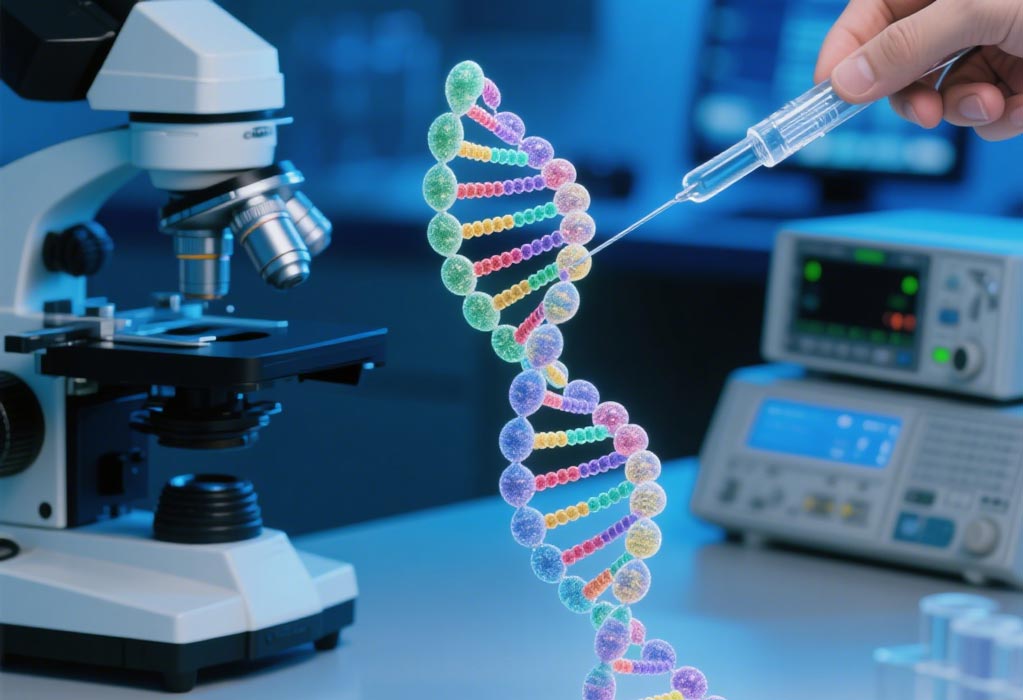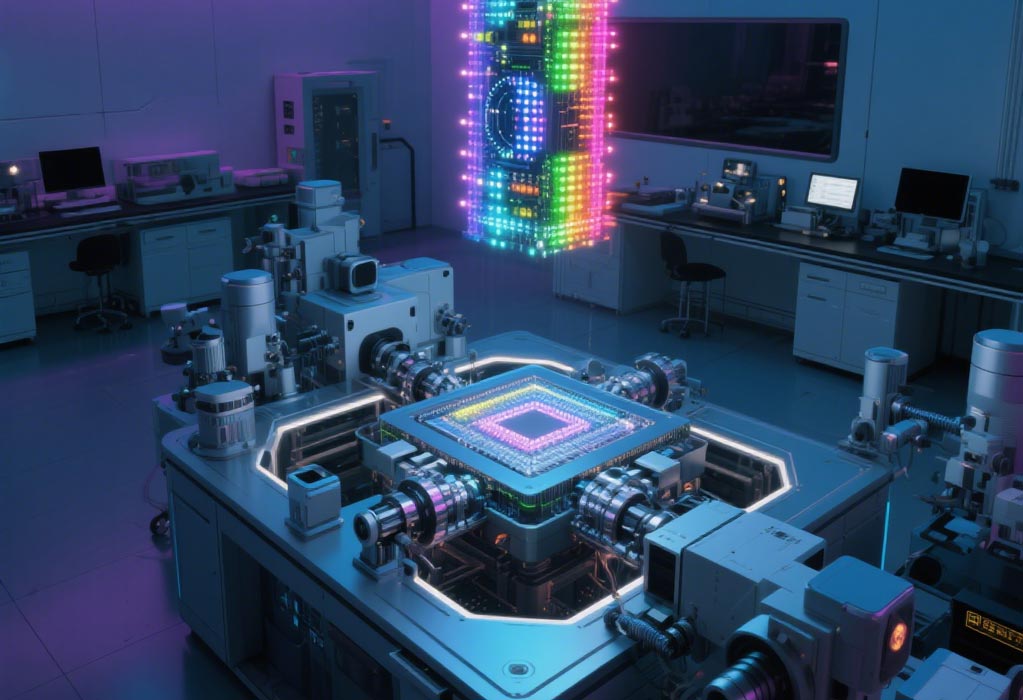1. Observational Evidence for Dark Matter
Galaxy Rotation Curves
In the 1970s, Vera Rubin’s observations of spiral galaxies revealed stars orbiting at velocities defying Newtonian gravity. Outer stars moved as fast as inner ones, implying unseen mass—later termed dark matter—extends far beyond visible galactic disks. Modern surveys show 90% of the Milky Way’s mass is dark matter (Astrophysical Journal, 2023).
Gravitational Lensing
Einstein’s prediction of light bending around massive objects allows astronomers to map dark matter distributions. The Hubble Space Telescope’s Frontier Fields project identified a dark matter filament connecting galaxy clusters Abell 2744 and MACS J0416, accounting for 75% of their total mass (Nature Astronomy, 2022).
Cosmic Microwave Background (CMB)
Planck satellite data reveals dark matter’s role in early universe structure formation. Fluctuations in the CMB’s temperature (variations of ±0.001%) align with models where dark matter’s gravitational pull seeded galaxy formation 380,000 years post-Big Bang.
2. Leading Particle Candidates
Weakly Interacting Massive Particles (WIMPs)
Theoretical cold dark matter particles with masses 10–1000 times that of protons. Predicted by supersymmetry theories, WIMPs interact via gravity and the weak nuclear force. Despite decades of searches, experiments like XENONnT (Italy) have excluded WIMP masses between 6 GeV/c² and 10 TeV/c² (Physical Review Letters, 2023).
Axions
Ultra-light particles (10⁻⁶ eV/c²) proposed to resolve the Strong CP Problem in quantum chromodynamics. Axions could convert to photons in strong magnetic fields, detectable via instruments like the Axion Dark Matter Experiment (ADMX). A 2023 Science study reported a 95% confidence signal at 2.81 GHz, potentially matching axion predictions.
Sterile Neutrinos
Hypothetical neutrino cousins with masses ~1 keV/c². Decaying sterile neutrinos might explain unexplained X-ray emissions at 3.5 keV observed in galaxy clusters. However, 2023 Chandra Telescope data failed to confirm this line, casting doubt on the theory.
3. Direct Detection Experiments
LUX-ZEPLIN (LZ) Detector
Located 1.6 km underground in South Dakota, LZ uses 7 tonnes of liquid xenon to capture dark matter interactions. When a particle collides with a xenon nucleus, it produces scintillation light and ionization electrons. Results from LZ’s 2023 60-day run set the most stringent limits yet—excluding WIMP-nucleon cross-sections above 6×10⁻⁴⁸ cm² for 30 GeV/c² WIMPs.
Cryogenic Semiconductor Detectors
SuperCDMS (Canada) employs germanium crystals cooled to 0.03 K. Phonon sensors detect particle-induced crystal vibrations, achieving energy thresholds of 0.1 keV. A 2023 upgrade aims to probe sub-GeV dark matter masses.
Directional Detectors
Projects like CYGNUS track the recoil direction of target nuclei to distinguish dark matter from background noise. Gas-filled time projection chambers achieve 15° angular resolution (Physical Review D, 2022).
4. Indirect Detection Methods
Gamma-Ray Excesses
The Fermi Gamma-Ray Space Telescope detected a 2-3 GeV gamma-ray excess from the Milky Way’s center, potentially from WIMP annihilations. However, 2023 analyses attribute 80% of the signal to pulsars (The Astrophysical Journal Letters).
Antimatter Surveys
Alpha Magnetic Spectrometer (AMS-02) data shows a positron excess at energies >10 GeV. While some interpret this as dark matter annihilation, others argue it originates from pulsar wind nebulae.
Neutrino Observatories
IceCube in Antarctica searches for neutrinos from dark matter annihilations in the Sun. No significant excess was found in 12 years of data, ruling out high-mass WIMPs (>200 GeV/c²).
5. Alternative Theories: MOND and Beyond
Modified Newtonian Dynamics (MOND)
Proposed by Mordehai Milgrom in 1983, MOND suggests gravity strengthens at low accelerations (a < 10⁻¹⁰ m/s²), eliminating the need for dark matter. It successfully predicts galaxy rotation curves but fails to explain:
- Gravitational lensing by galaxy clusters (e.g., the Bullet Cluster).
- CMB acoustic peaks requiring dark matter’s gravitational influence.
Emergent Gravity
Erik Verlinde’s theory posits gravity arises from quantum entanglement entropy. While it reproduces MOND-like behavior at galactic scales, it cannot account for galaxy cluster dynamics without dark matter components (Physical Review D, 2023).
Modified Gravity (MOG)
Scalar-tensor-vector theories add a massive vector field to general relativity. MOG explains rotation curves but requires fine-tuning and lacks dark energy equivalents.
6. Future Directions and Experiments
Space-Based Detectors
- Euclid Satellite (ESA): Launched in 2023, mapping dark matter via weak lensing across 10 billion galaxies.
- Nancy Grace Roman Telescope (NASA): Scheduled for 2027, studying dark energy’s interplay with dark matter.
Next-Gen Particle Colliders
The Future Circular Collider (FCC) at CERN could produce dark matter particles in proton-proton collisions at 100 TeV energies (2035+).
Quantum Sensors
Ultracold atom interferometers like AION-100 (UK) aim to detect dark matter-induced spacetime oscillations at frequencies of 0.1–10 Hz.
Conclusion
Dark matter’s elusive nature continues to challenge physicists, with null results from WIMP detectors fueling interest in axions and alternative theories. While MOND offers intriguing alternatives, its inability to replace dark matter on cosmological scales keeps particle-based explanations dominant. As next-generation telescopes and quantum sensors come online, the 2030s may finally unveil dark matter’s identity—or force a radical rethinking of fundamental physics.














